Home>Garden Essentials>How Long Does It Take For An Olive Tree To Grow From Seed
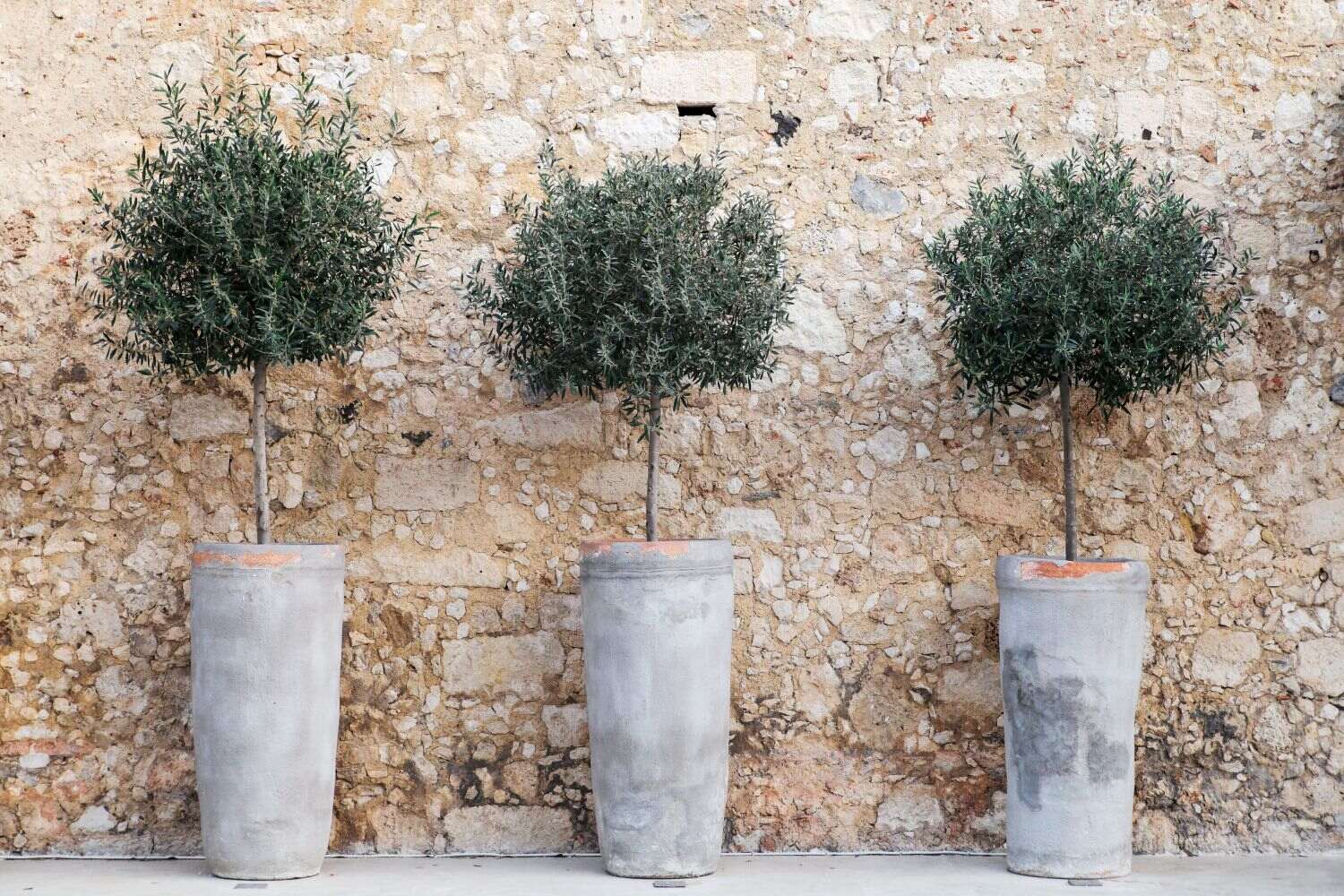

Garden Essentials
How Long Does It Take For An Olive Tree To Grow From Seed
Modified: April 29, 2024
Discover the time it takes for an olive tree to grow from seed in your garden. Find out the secrets to successful cultivation and nurturing.
(Many of the links in this article redirect to a specific reviewed product. Your purchase of these products through affiliate links helps to generate commission for Storables.com, at no extra cost. Learn more)
Introduction
Welcome to the world of gardening, where the magic of nature unfolds right before our eyes. One fascinating aspect of gardening is nurturing and growing plants from seeds. If you’ve ever wondered about the timeline for an olive tree to grow from seed, you’ve come to the right place.
Olive trees (Olea europaea) are known for their robust nature and their ability to withstand diverse environmental conditions. These long-living trees have been cultivated for thousands of years, primarily for their fruits, which are pressed to produce olive oil. Growing an olive tree from seed can be a rewarding and fulfilling experience, but it requires patience and understanding of the factors that influence its growth.
In this article, we will explore the timeline for an olive tree to grow from seed, the factors that affect its growth, the germination process, and the maturation and fruit production stages. So, let’s dive in and discover the journey of an olive tree from a humble seed to a magnificent plant.
Key Takeaways:
- Olive trees need warmth, sunlight, and well-draining soil to grow from seed. Patience is key, as it takes 3-5 years for the tree to produce fruit after planting.
- To grow an olive tree from seed, provide optimal germination conditions and care for the seedlings. Enjoy the journey as a small seed transforms into a magnificent, fruit-bearing plant.
Read more: How To Grow Olive Trees From Seed
Factors Affecting Olive Tree Growth from Seed
Growing an olive tree from seed requires careful consideration of various factors that can influence its growth and development. Let’s delve into the key factors that impact the growth of olive trees:
- Climate: Olive trees are native to Mediterranean regions and thrive in mild, temperate climates. They prefer a long, warm growing season with mild winters. Extreme cold temperatures can inhibit their growth and cause damage to the seedlings. Additionally, the tree requires a specific number of chilling hours during the winter to break dormancy and promote bud development.
- Soil Conditions: Olive trees prefer well-draining soils with a pH range of 6 to 8. They can tolerate a variety of soil types, including sandy, loamy, and even poor, rocky soils. However, excessively heavy or waterlogged soils can impede root development and lead to root rot. Prior to planting, it is crucial to prepare the soil by removing any weeds, improving drainage, and amending with organic matter if necessary.
- Watering and Irrigation: Olive trees are drought-tolerant once established, but adequate water is crucial to their early growth and development. During the first few years, it is essential to provide regular and deep watering to help the roots establish and prevent drought stress. However, overwatering can lead to root rot, so it is important to strike a balance and avoid waterlogging the soil.
- Sunlight and Shade: Olive trees require full sun exposure to thrive and produce abundant fruit. They need at least six to eight hours of direct sunlight every day. Insufficient sunlight can result in poor growth and reduced fruit production. It is important to select a planting location that offers ample sunlight and minimal shade from structures or other trees.
- Pruning and Training: Proper pruning and training are essential for shaping the olive tree’s growth and promoting an open canopy structure. Pruning helps to remove dead or diseased branches, improve air circulation, and maintain a manageable size. It is typically done during the dormant period, preferably in late winter or early spring, to stimulate new growth.
- Nutrient Levels: Olive trees have moderate nutrient requirements but benefit from a balanced fertilizer application. Conducting a soil test can help determine any nutrient deficiencies and guide the appropriate fertilizer application. Incorporating organic matter, such as compost, into the soil can also improve nutrient retention and overall soil health.
By considering and optimizing these factors, you can create an ideal growing environment for your olive tree and ensure its healthy growth from seed to maturity.
Germination Process of Olive Seeds
The germination process is a crucial step in the growth of an olive tree from seed. Understanding the germination requirements and providing the necessary conditions can help ensure successful seed germination. Let’s explore the steps involved in the germination process:
- Seed Selection and Preparation: Choose healthy and viable olive seeds for optimal germination. Select seeds from a reliable source or from mature olive fruits. Before planting, it is recommended to soak the seeds in water overnight to soften the outer coating, making germination easier.
- Seed Germination Requirements: Olive seeds require specific conditions for successful germination. They need a temperature range of 70-85°F (21-29°C) to initiate the germination process. Additionally, maintaining high humidity levels around the seeds can facilitate germination. You can achieve this by covering the planting container with plastic wrap or using a propagation dome to create a greenhouse-like environment.
- Pre-soaking and Scarification: Pre-soaking the olive seeds helps to break their dormancy and jumpstart the germination process. Another technique to break seed dormancy is scarification, which involves scratching or nicking the outer seed coat to allow water to penetrate more easily. This can be done with sandpaper or a sharp knife. Pre-soaking and scarification can significantly improve germination rates.
- Germination Timeframe: The germination timeframe for olive seeds can vary. In ideal conditions, germination can occur within 2-4 weeks. However, it’s important to note that some seeds may take longer to germinate. Patience is key during this process, as germination timeframes can be influenced by factors such as seed quality, temperature, and humidity.
By following these steps and providing the optimal germination conditions, you can increase the likelihood of successful germination and the subsequent growth of your olive tree seedlings.
Olive trees can take 6-8 years to produce fruit from a seed. To speed up the process, consider planting a young olive tree sapling instead of growing from seed.
Seedling Development
Once the olive seeds have successfully germinated, they begin their journey towards becoming robust seedlings. During this stage, the seedlings undergo various growth processes that are essential for their development and establishment. Let’s explore the key aspects of seedling development:
- Early Growth Stages: After germination, the olive seedlings emerge from the soil as delicate stems with tiny leaves. During this stage, they require a warm and humid environment to thrive. It is crucial to provide proper care by maintaining consistent moisture levels in the soil and protecting the seedlings from extreme temperature fluctuations.
- Leaf Formation and Photosynthesis: As the seedlings grow, they start producing more leaves. These leaves play a vital role in photosynthesis – the process by which plants convert light energy into chemical energy. Photosynthesis provides the necessary nutrients and energy for the seedling’s growth and overall development. Ensuring adequate sunlight exposure is crucial at this stage to stimulate healthy leaf formation.
- Root Development: While the seedlings are busy growing above ground, they are also developing their root systems beneath the soil. Healthy root development is essential for nutrient uptake, water absorption, and anchoring the plant securely in the ground. Providing well-draining soil and avoiding excessive waterlogging can promote optimal root development and prevent the risk of root rot.
- Shoot Growth and Branching: As the seedlings mature, they begin to exhibit vigorous shoot growth. The stem elongates, and side branches start to develop. Pruning and training during this stage can help shape the young olive tree and encourage a well-balanced branching structure. It is important to regularly remove any weak or crossing branches to foster a strong and open canopy.
Throughout the seedling development stage, proper care and maintenance are crucial. Adequate watering, regular monitoring of pests and diseases, and providing a suitable growing environment will help ensure the healthy growth and establishment of your young olive tree seedlings.
Maturation and Fruit Production
After years of growth and development, the olive tree reaches maturity and begins to produce fruits. This is a rewarding stage for gardeners and farmers alike, as they anticipate harvesting the precious olives. Let’s explore the key phases of maturation and fruit production in olive trees:
- Flowering and Pollination: Olive trees are known for their small, inconspicuous flowers that appear in clusters. These flowers contain both male and female reproductive organs. The wind plays a significant role in pollinating olive trees, as it carries the pollen from the male flowers to the female flowers. However, some growers also enhance pollination by introducing bees and other pollinators to the orchard.
- Fruit Set: Successful pollination leads to fruit set, where the flowers are fertilized and begin to develop into olives. The initial fruit set is often more abundant than what the tree can sustain, so a natural thinning process occurs as the tree sheds excess, undeveloped fruits. This natural thinning helps ensure proper nutrient distribution to the remaining fruits.
- Fruit Growth and Maturation: As the olives continue to grow, noticeable changes occur in their size, color, and texture. The fruit gradually increases in size and transitions from green to various shades of purple, black, or green, depending on the olive variety. The maturation process can take several months, and during this time, it is crucial to monitor the tree’s health, provide proper irrigation, and address any pest or disease issues promptly.
- Timeframe for First Harvest: The timeframe for the first harvest of olives from an olive tree grown from seed can vary. It typically takes around 3 to 5 years for the tree to reach sufficient maturity for fruit production. However, it’s important to note that the exact timeframe can depend on various factors, including the olive variety, local climate, growing conditions, and the overall health and vigor of the tree.
Once the olives are fully mature and have reached the desired level of ripeness for their intended use (such as olive oil production or table olives), they can be harvested and enjoyed. It is a rewarding moment for any gardener or farmer who has patiently nurtured their olive tree from seed to fruition.
Read more: How To Grow Olive Tree From Seed
Conclusion
Growing an olive tree from seed is a rewarding and fulfilling experience that allows you to witness the marvel of nature as a small seed flourishes into a magnificent plant. Throughout the journey, several factors influence its growth and development, including climate, soil conditions, watering, sunlight, pruning, and nutrient levels. By understanding and optimizing these factors, you can provide the ideal conditions for your olive tree to thrive.
The germination process of olive seeds requires careful seed selection, preparation, and consideration of specific germination requirements. Pre-soaking and scarification can help break seed dormancy and promote successful germination. Remember, patience is key, as germination timeframes can vary.
As the seedlings develop, they go through early growth stages, leaf formation for photosynthesis, root development, and shoot growth with branching. Proper care during this stage, including watering, monitoring sunlight exposure, and pruning, will contribute to strong seedling growth and development.
Maturity and fruit production mark the highlight of an olive tree’s journey. Flowering and pollination lead to fruit set, and the olives begin to grow and mature. Timing for the first harvest can vary but usually occurs 3 to 5 years after planting. It is essential to monitor the tree’s health, provide adequate care, and address any issues promptly to ensure a bountiful harvest.
In conclusion, growing an olive tree from seed requires patience, understanding, and attention to the factors that influence its growth. By providing the right conditions and care, you can enjoy the beauty of an olive tree as it grows from a humble seed into a mature, fruit-bearing plant. So go ahead and embark on this fascinating journey, and may your olive tree flourish and bring you joy for many years to come.
Frequently Asked Questions about How Long Does It Take For An Olive Tree To Grow From Seed
Was this page helpful?
At Storables.com, we guarantee accurate and reliable information. Our content, validated by Expert Board Contributors, is crafted following stringent Editorial Policies. We're committed to providing you with well-researched, expert-backed insights for all your informational needs.

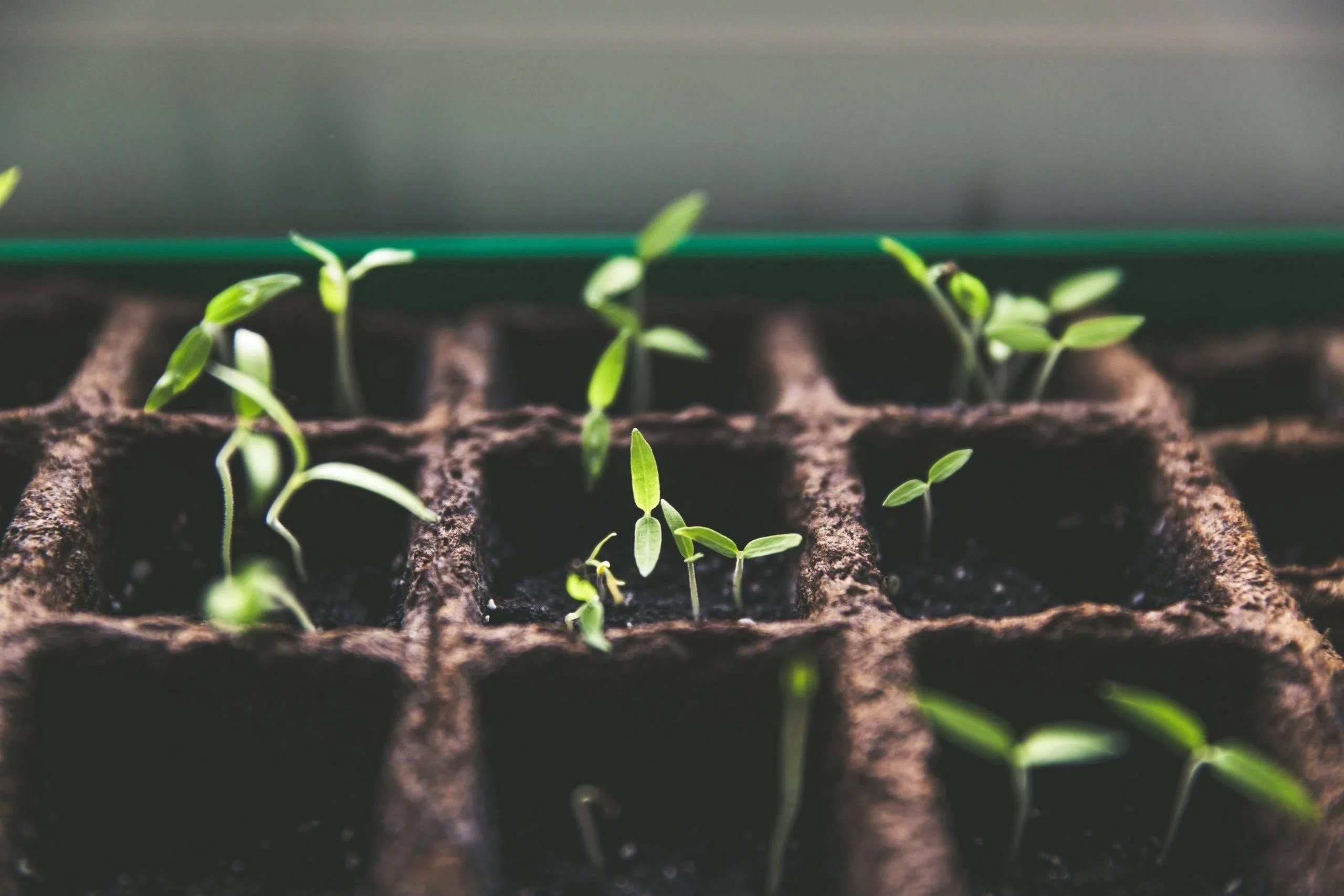
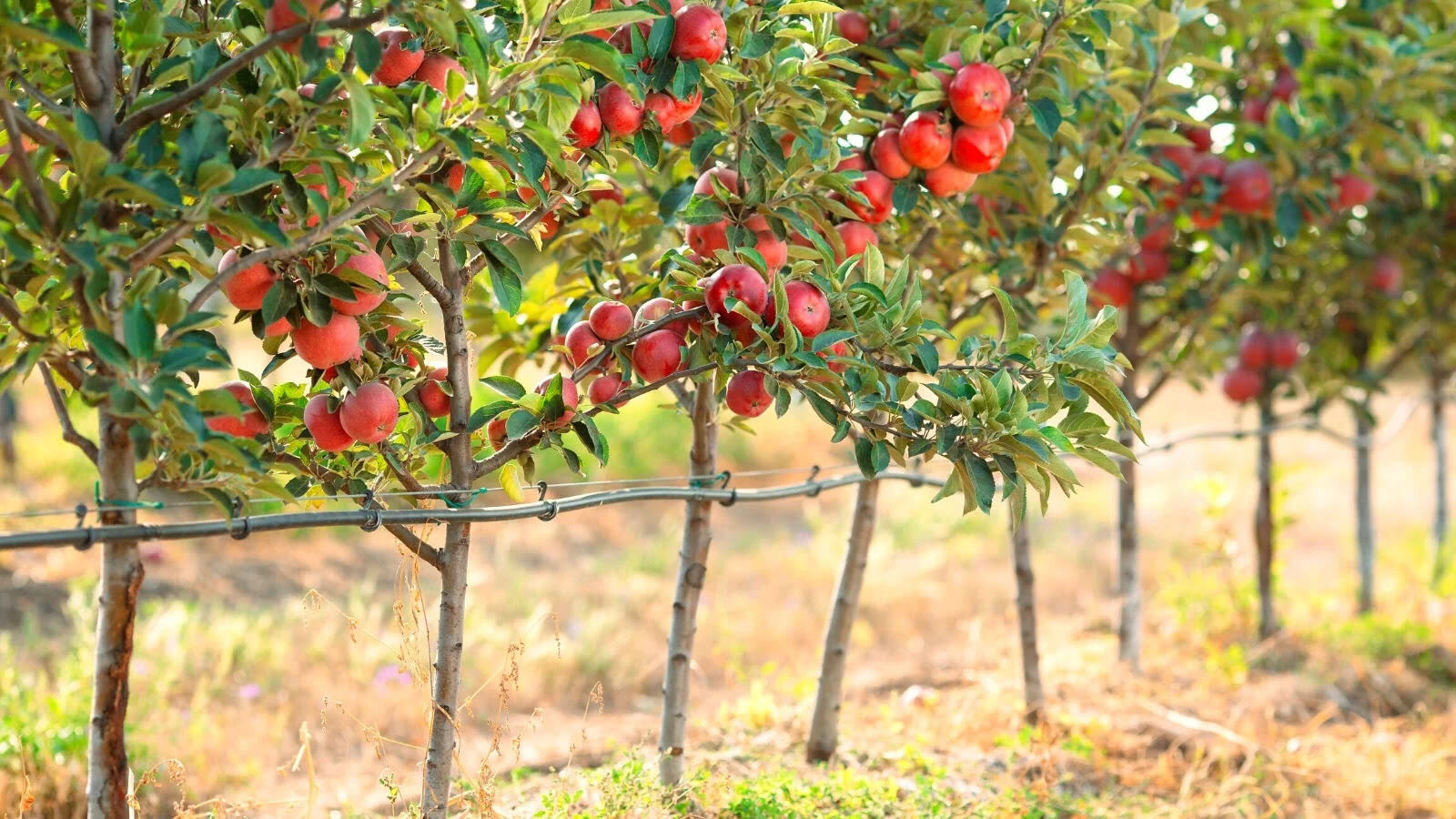
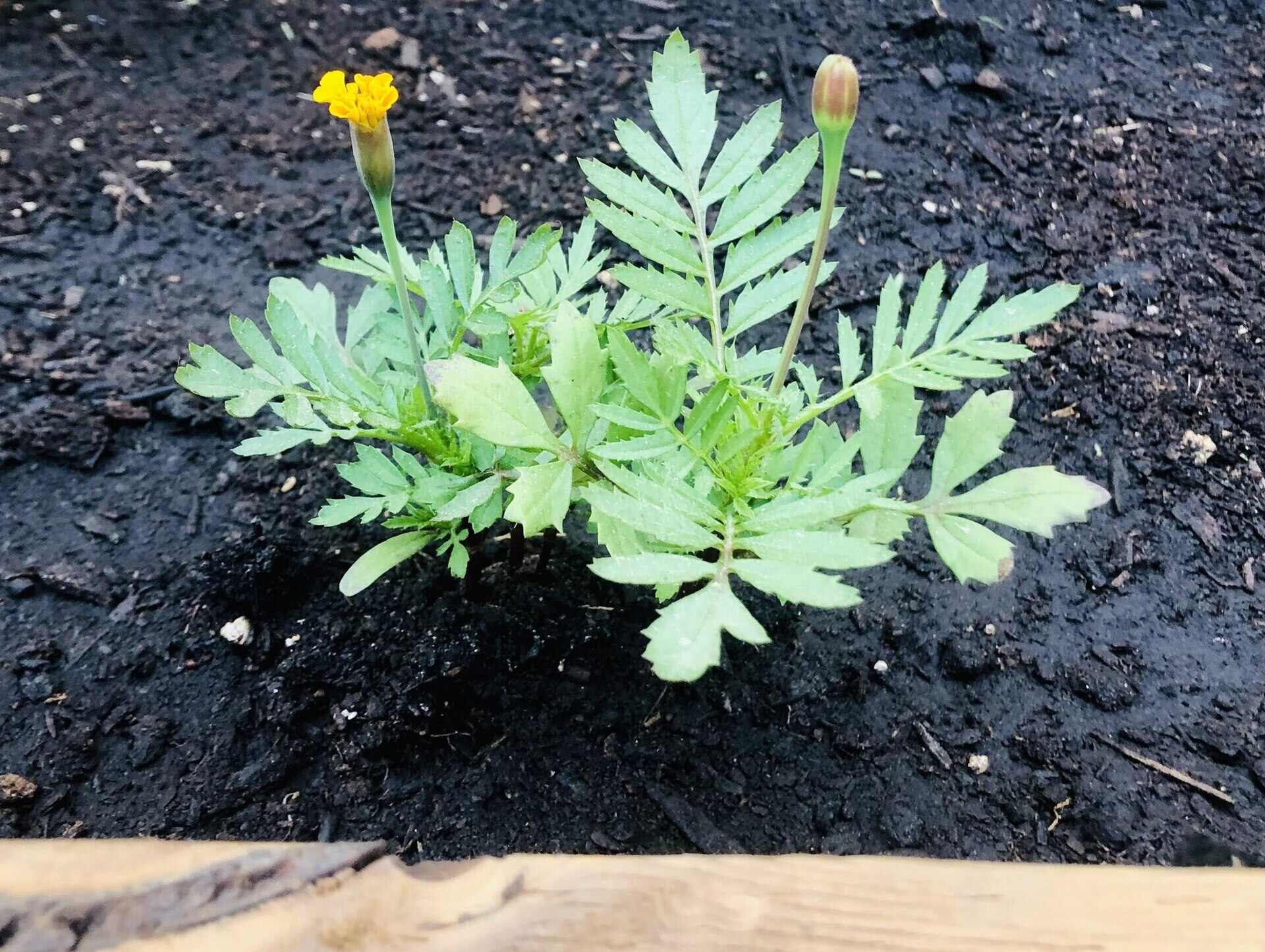
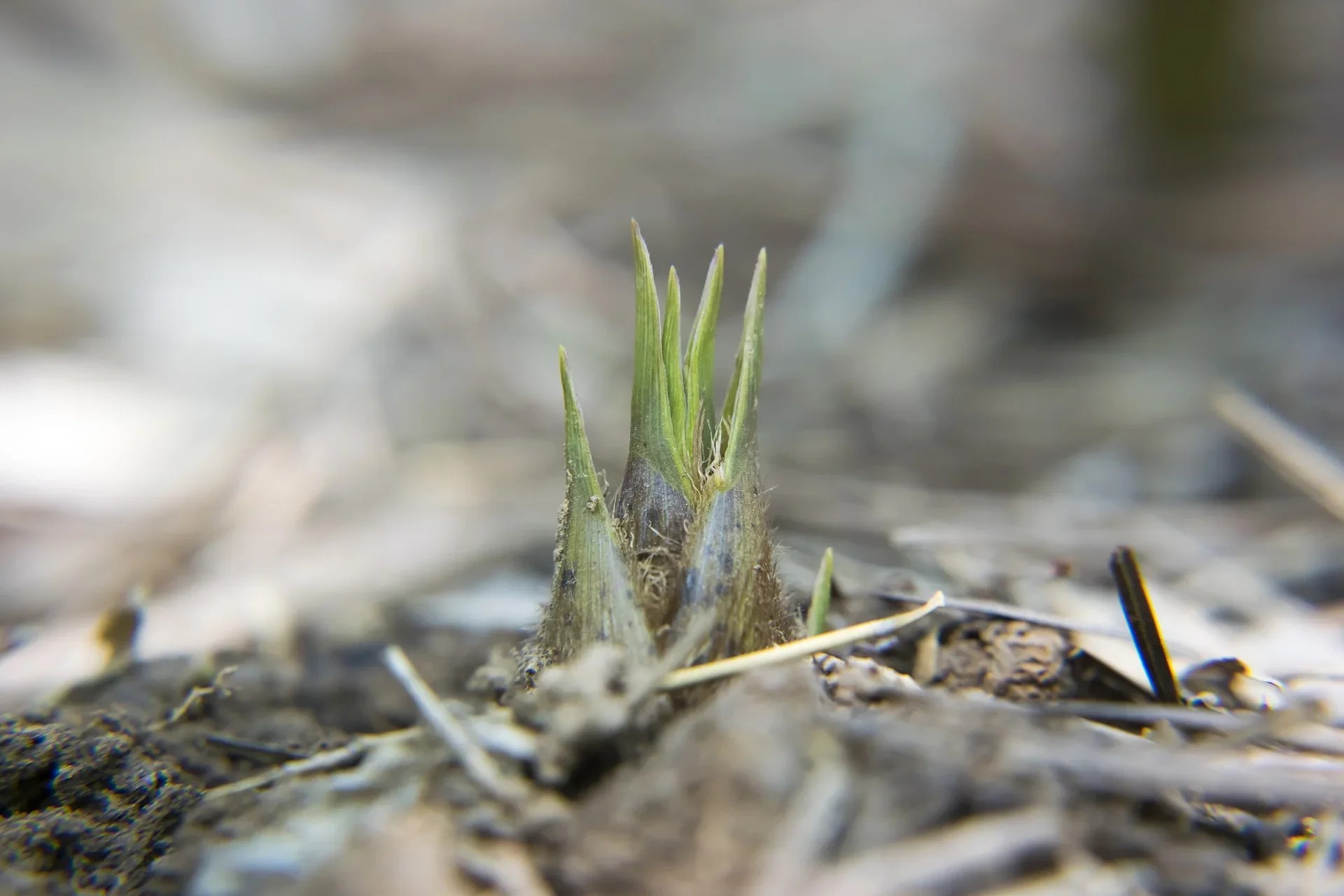
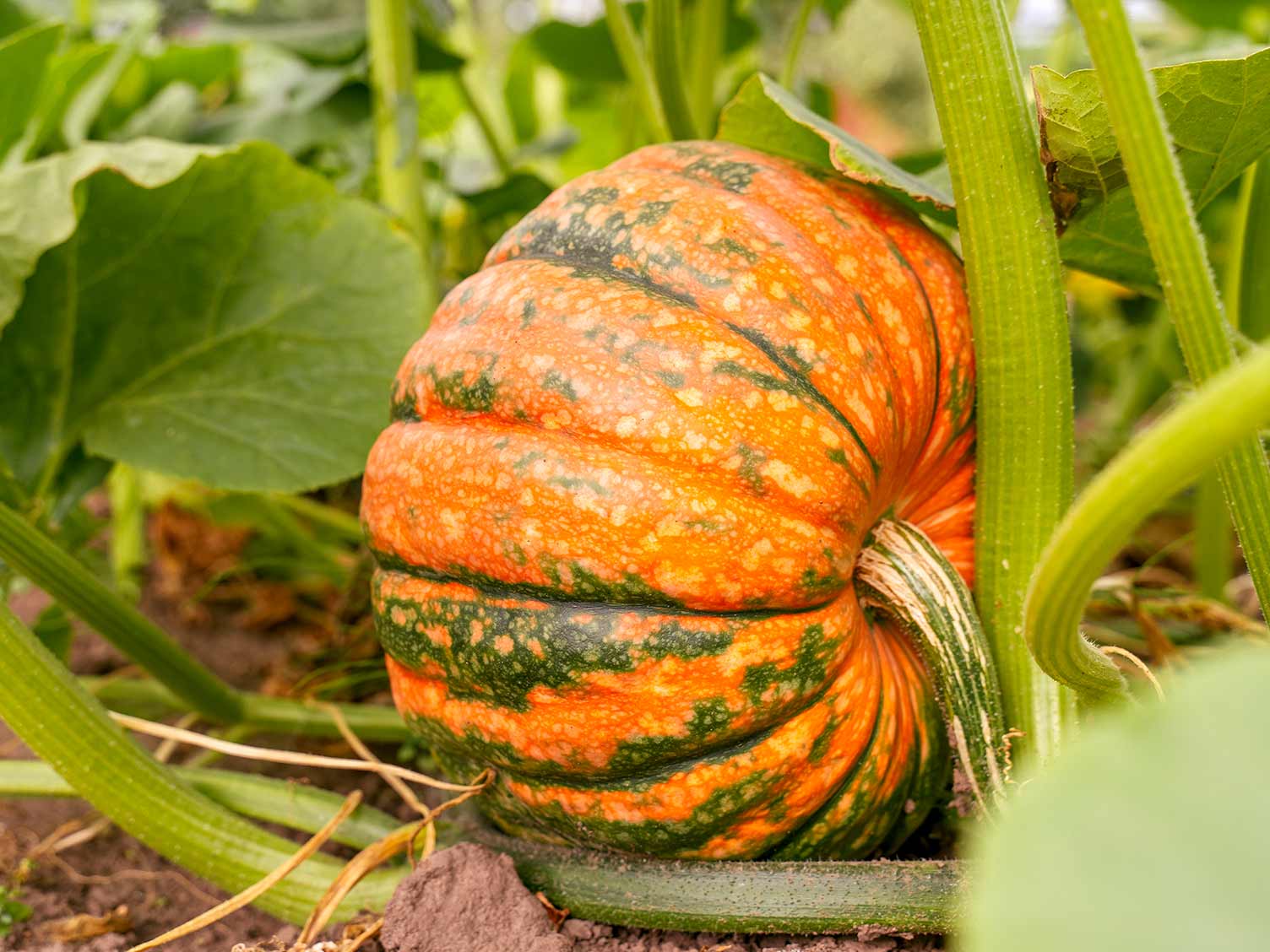
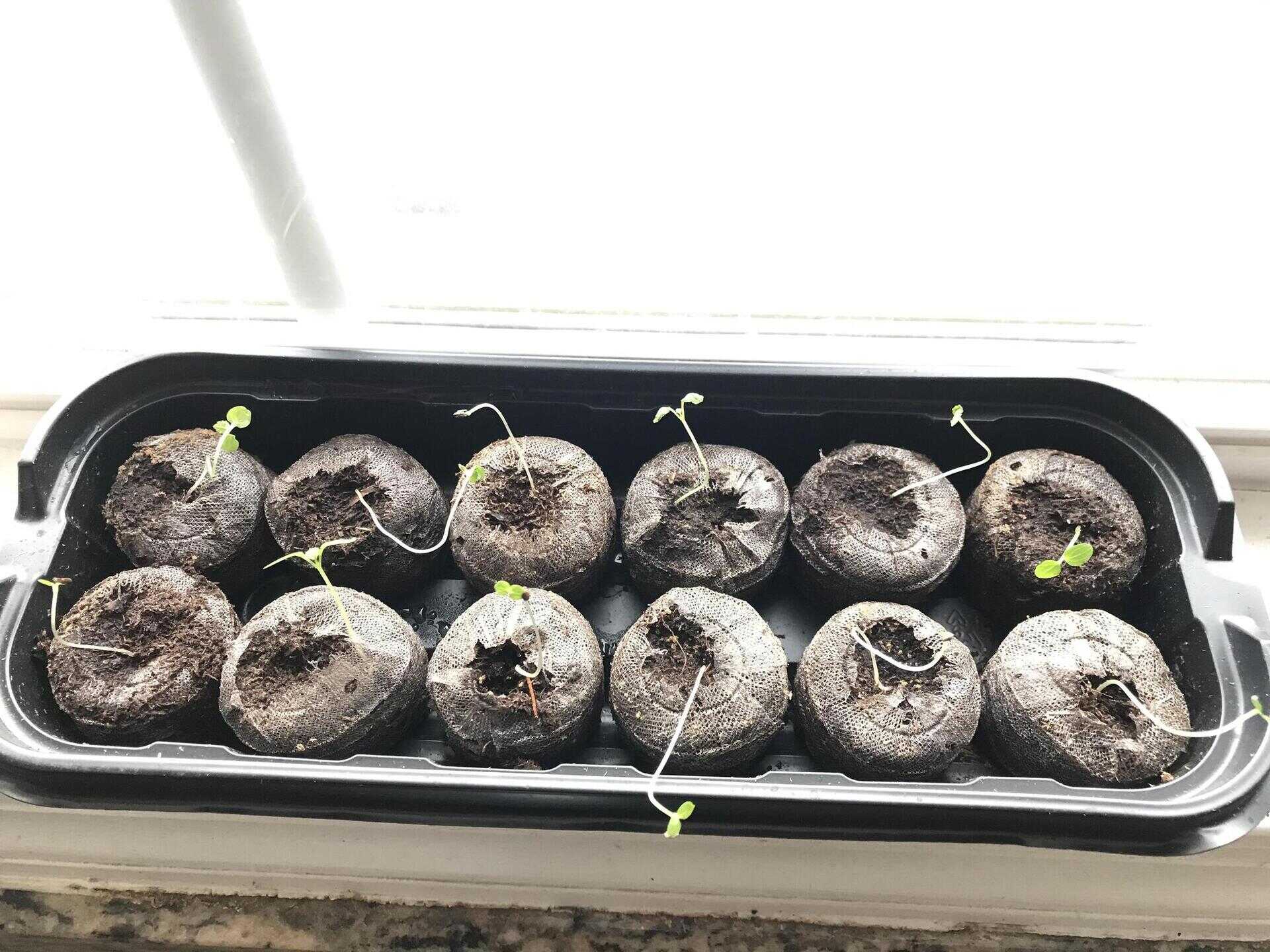
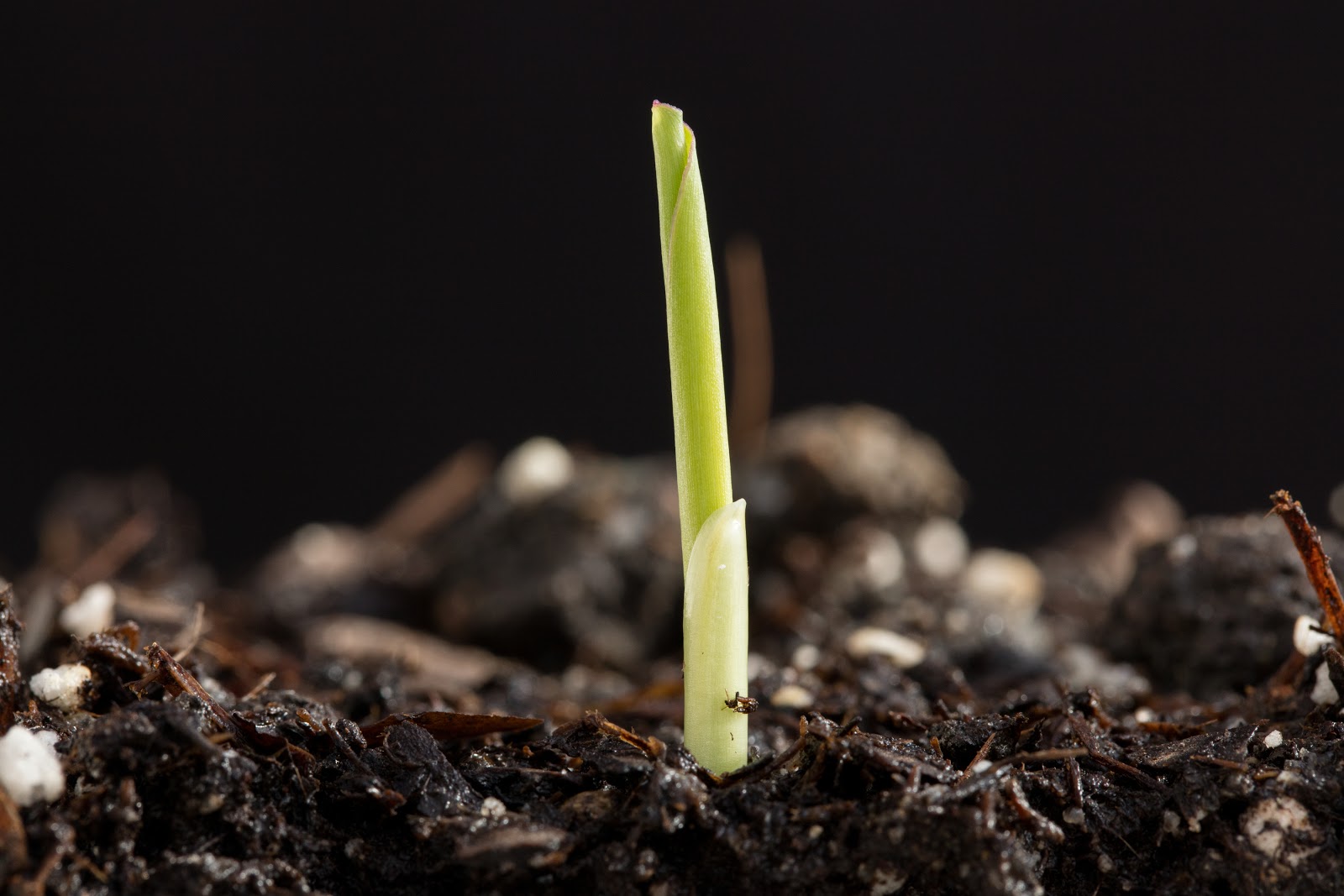
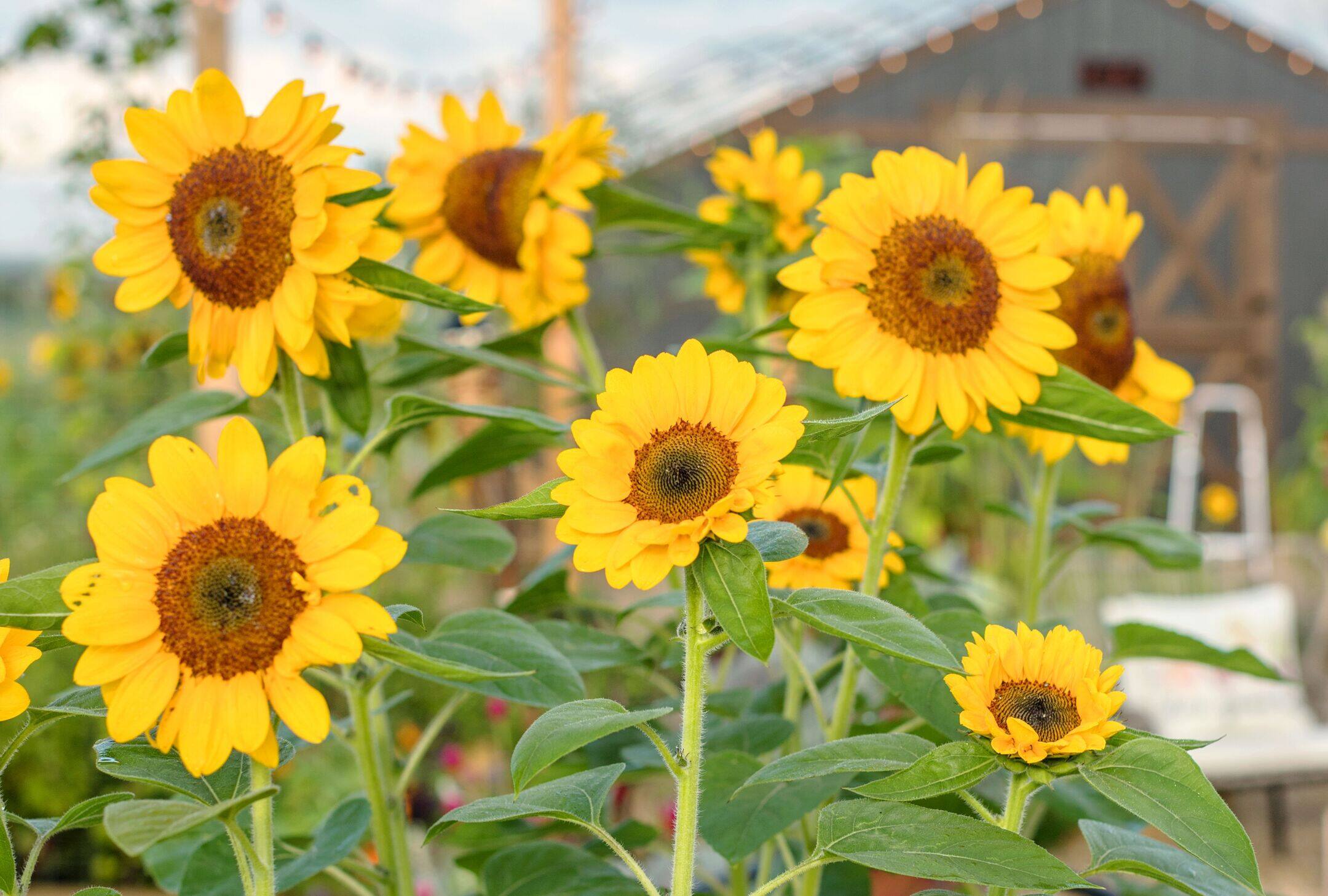
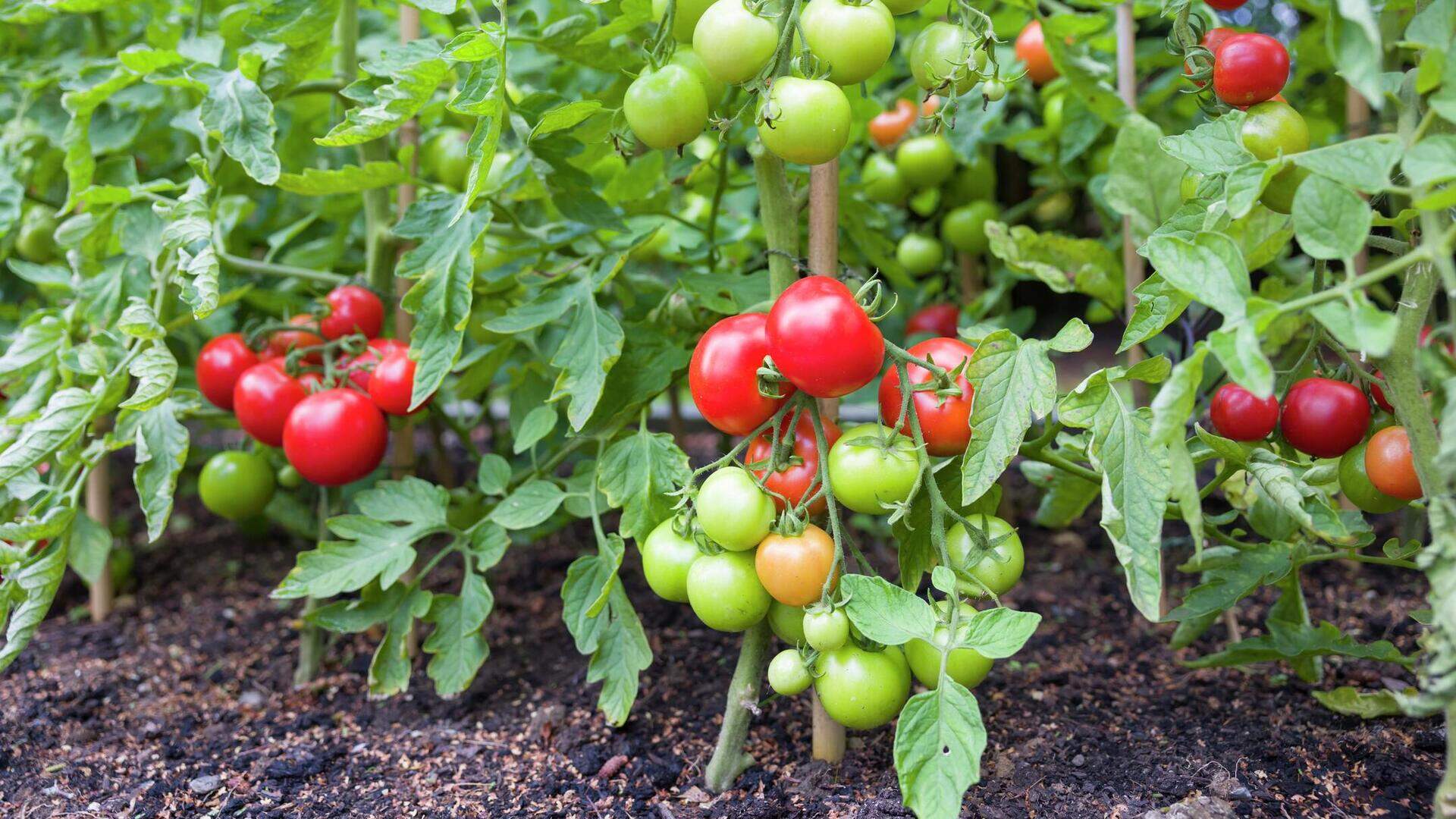

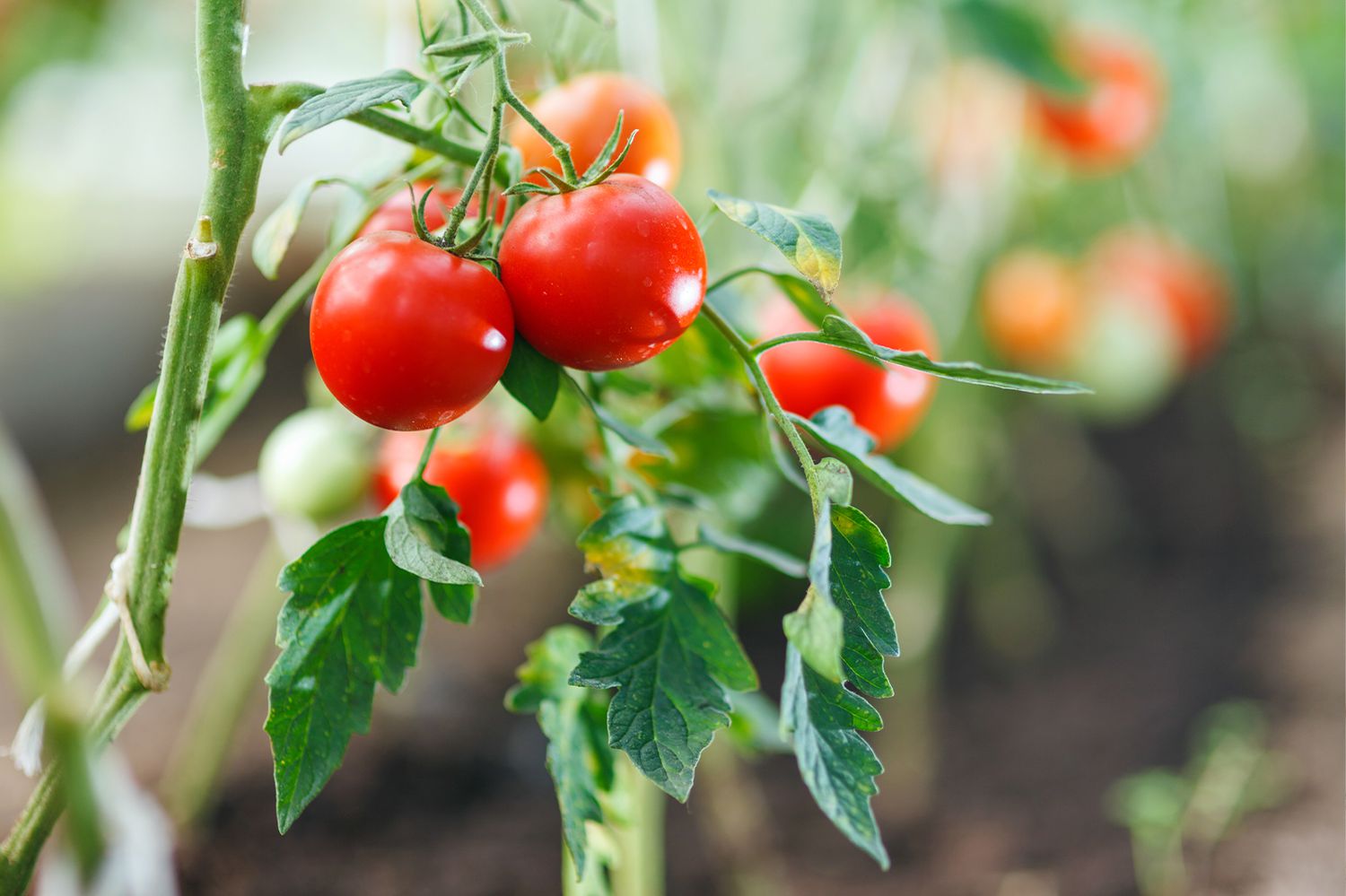
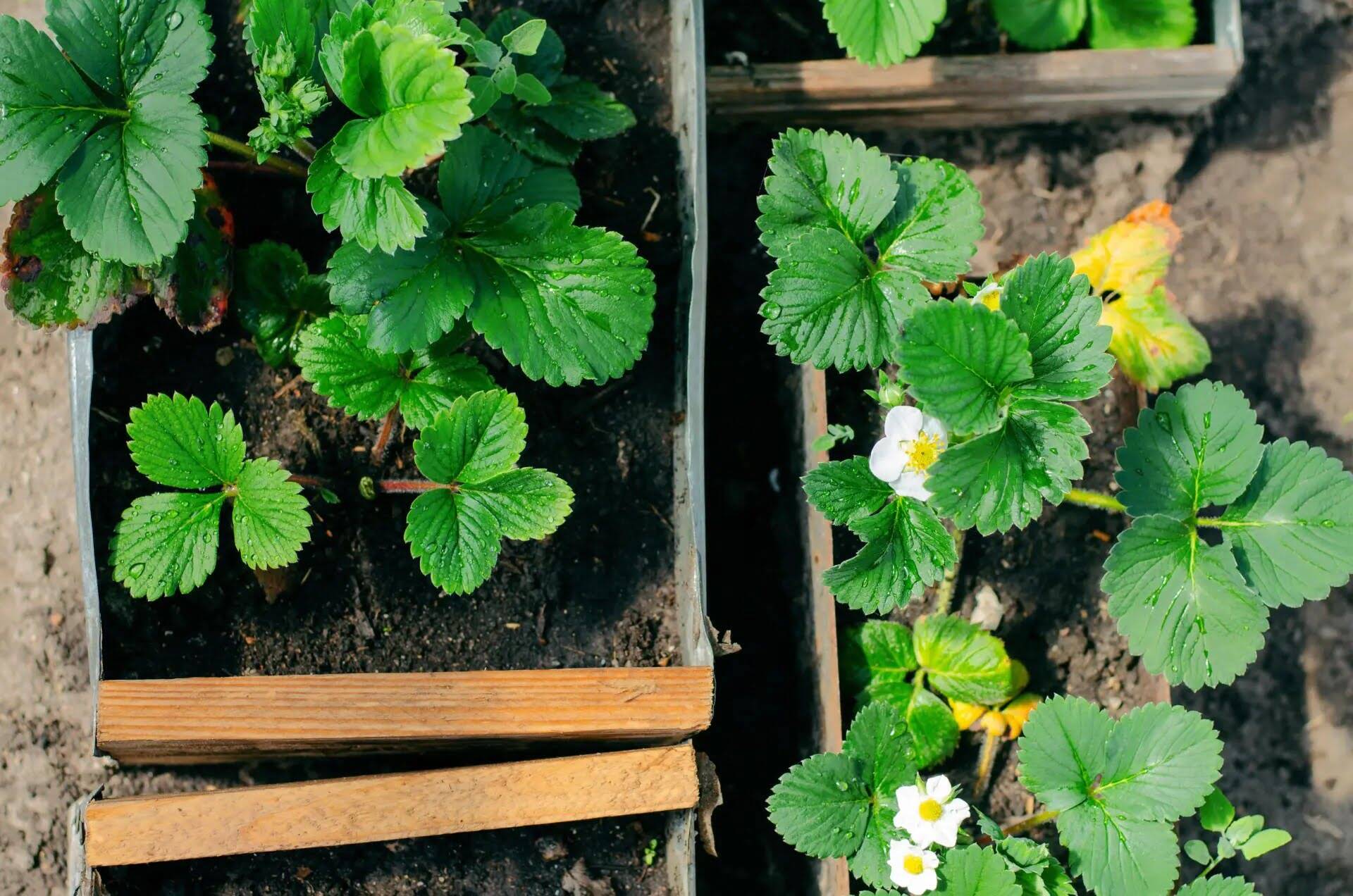
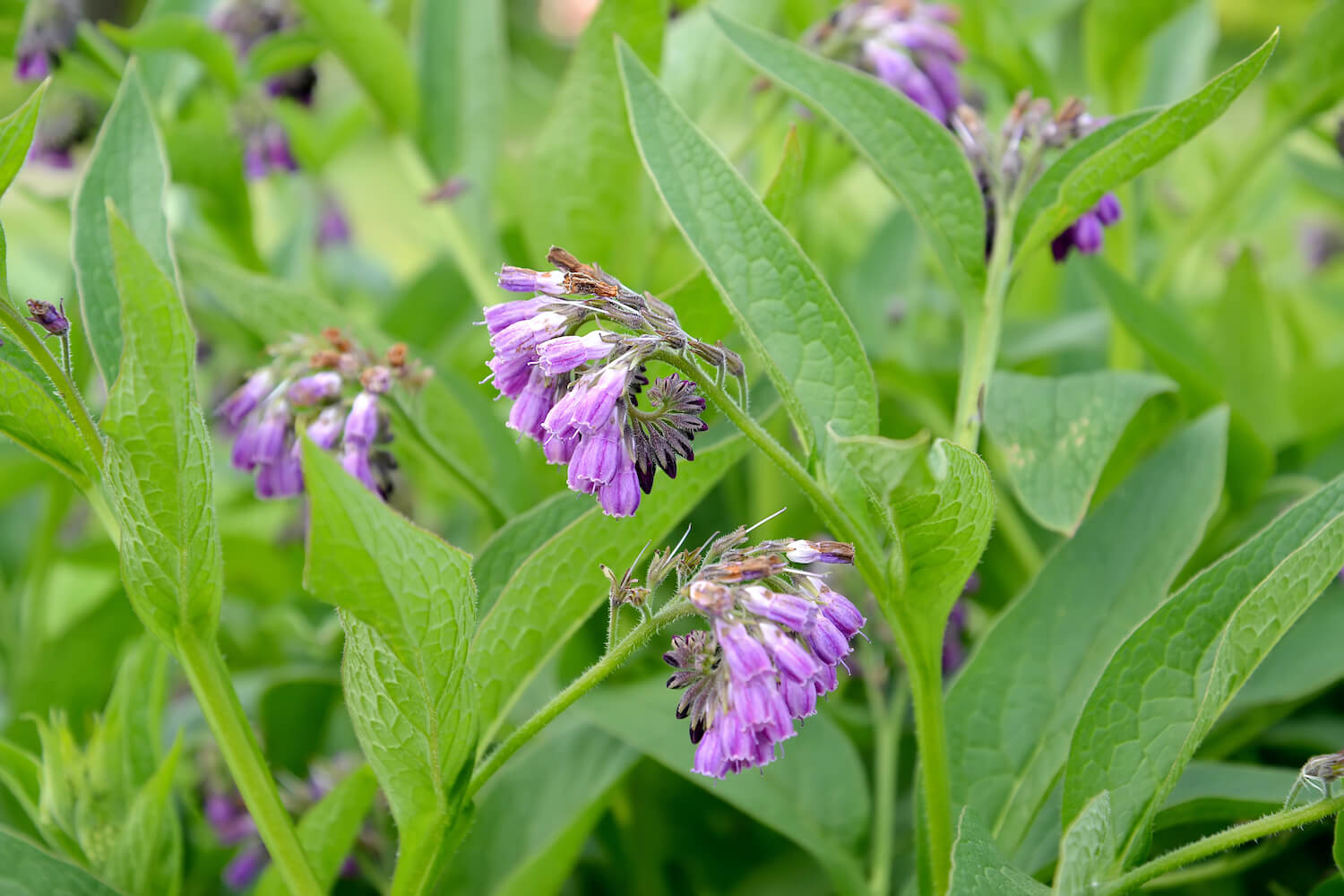

0 thoughts on “How Long Does It Take For An Olive Tree To Grow From Seed”